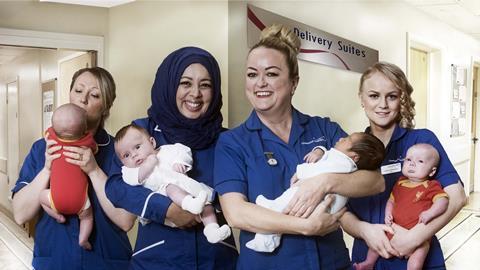 Sponsored content
Sponsored content
Developments in technology and kit price drop are driving advances in fixed-rig camera techniques, says Gavin Smith
At MBI’s Media Production Show earlier this summer, the growth of wireless and hands-free fixed-rig production was a hot topic, highlighting how technological developments are impacting the production of shows.
In pratice, fixed-rig production involves fixing cameras in location before filming. This involves PTZ cameras that are controlled remotely and are able to pan, tilt and zoom (hence the name).
Recently, the cost of PTZ cameras has fallen and this – combined with the fact one person can control multiple cameras – has led to a rapid increase in popularity.
According to Richard Payne, head of technology at Holdan, who spoke at a dedicated MPS session, it’s not uncommon to have 70 fixed cameras with a team of just six controlling them. However, that’s not to say crews are no longer necessary. They are still required to set up camera rigs, programme and plan filming and fix problems.
Fixed-rig filming tends to be used for sporting events and documentaries. For sports, it has the advantage over traditional filming methods because PTZ cameras can be mounted within the audience and achieve better angles without blocking views.
Meanwhile, some cameras are engineered such that they can survive extreme weather, making them perfect for outdoor shooting, while unscripted series such as Love Island, First Dates and One Born Every Minute use fixed rig PTZ cameras as they are less intrusive and therefore allow for capturing more natural behaviours.
Increasing sophistication
PTZ cameras are also becoming more sophisticated. Nowadays, many can connect to existing network infrastructure or operate wirelessly. This is an advantage for sporting events or inside historic buildings, where there aren’t always electrical plug sockets or use of wires may be inappropriate.
Many of these cameras can be controlled using relatively low-tech devices such as iPads – thus making camera control possible for anyone, no matter their experience level.
As computers become more powerful, it is likely that we will see further advances in the capabilities of this technology. Some of the more powerful processers can already analyse pictures and use face recognition to lock onto faces for auto-tracking.
They are sophisticated enough that they can follow the person as they move across a stage for example and will zoom and pan.
That sophistication will help keep fixed-rig formats on our screens for years to come.
- Gavin Smith is a relationships director at Barclays
































